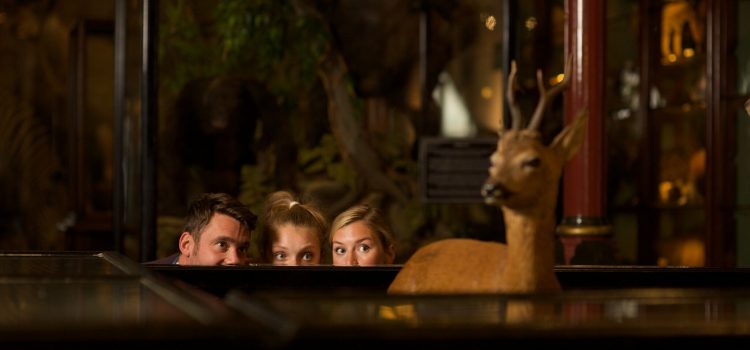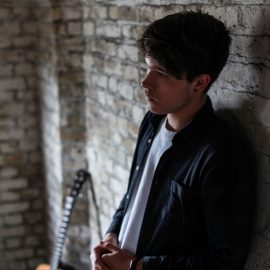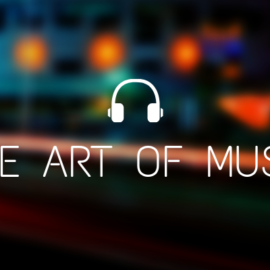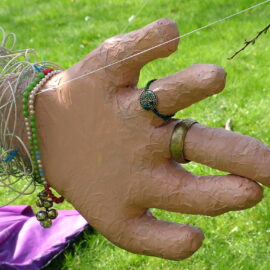
A real highlight of August’s First Friday is going to be The Imagination Museum, a dance performance for families, at Lancaster City Museum. We asked Katie Green, the creator of The Imagination Musuem to tell us about how the show was created and how the performers are inspired at the different museums they visit!
The journey of The Imagination Museum began in 2012 when I was working with some undergraduate dance students on a site-specific project at Ipswich Museum. I became aware of the huge potential to create dance work to be performed in museums and heritage sites that might bring to life some of the artefacts on display, animating objects that were more usually out of bounds or seen behind glass. I wanted to create something that could show audiences a new way of interpreting museum sites and collections, that might open up some questions around their local history, and that would also be fun and entertaining and accessible to young people.
So in 2013 I was supported by Arts Council England to begin testing out this idea, initially working with the Collection Museum in Lincoln and a steering group of primary school children from 5 local schools, who all shared their thoughts with me about the things they found most interesting in their local museum and why. I also worked with writer Anna Selby, composer Max Perryment and 3 dancers, including Lucy Starkey, who started her dancing career by working with Ludus Youth Dance Company, and will join us for performances at Lancaster City Museum on the 5th August 2016.
By February 2017 we will have shared The Imagination Museum with 29 museums and heritage sites altogether, from Plymouth City Museum and Art Gallery all the way up to the University of Aberdeen Zoology Museum, and everywhere we go our performances are completely different. We are inspired by artefacts such as Roman coins, pieces of art from across history, bones and fossils – any artefacts that are important to the story of a particular place. We also like to ask questions about the future and what things future generations might find when they visit their local museum, which might be at the top of the tallest skyscraper, or even underwater.



